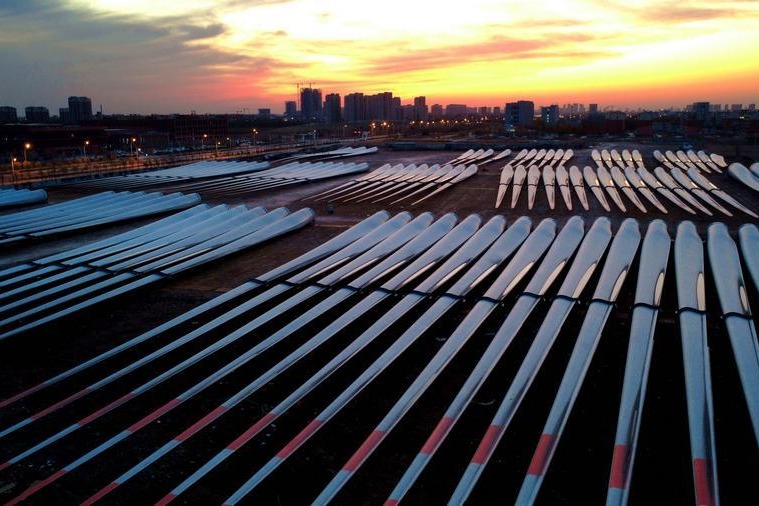Xinjiang cotton growers buoyant as prices rise


Groundless accusations
Saderdin Ahat, manager of a cooperative in Shaya with 3,390 members, about 90 percent of whom are Uygurs, said that for cotton growers in Xinjiang, such accusations simply sound like "jokes". Locals are keen to grow cotton because it is profitable and can provide them with a stable income.
"Also, the mechanization level involved in cotton production can reach more than 95 percent. This year, we will try to harvest all the cotton by machines. Growing cotton is no longer a highly labor-intensive job," Saderdin said, adding that the cooperative has 10 large seed-planting machines and four drones to spray pesticides.
Many farmers are now using drones to spray pesticides and are operating unmanned seed-planting and cotton-picking machines, Saderdin said. "They are eager to master the latest growing technologies so they can plant more cotton to make more money."
According to the 14th Five-Year Plan (2021-25), Xinjiang aims for 80 percent of its cotton to be picked by machines to reduce costs and improve efficiency. On some farms, manual cotton picking is still needed when large machines cannot reach crops grown on the perimeters of fields.
In Aksu, the cost of picking cotton manually is about five to seven times that of mechanized picking, Saderdin said.
"Experienced workers can pick 100 kilograms to 160 kg of cotton a day, which means they can earn 10,000 yuan to 20,000 yuan in the harvest season, which lasts about two months. Rather than being forced to pick cotton, there is heated competition for this work," Saderdin added.
























